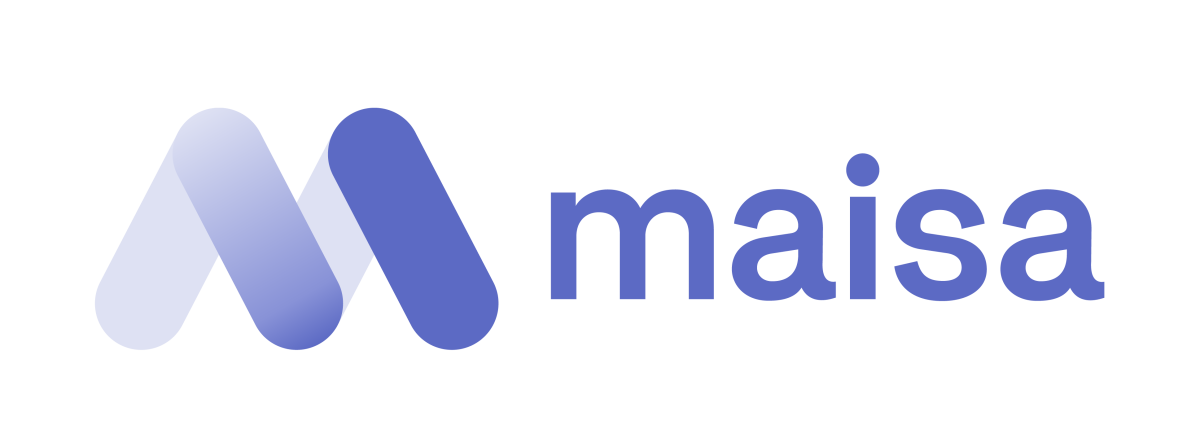At our Pulmonary Diseases and Allergology Outpatient Clinic at Peijas Hospital, we examine and provide versatile treatment for patients afflicted with different kinds of pulmonary diseases.
Contacting us
Our operations are based on cooperation with health centers and other outpatient care units in our area. We conduct outpatient care examinations for patients suffering from asthma and chronic obstructive pulmonary disease, sarcoidosis, pulmonary tuberculosis and other pulmonary infections, and pulmonary fibrosis.
Our outpatient clinic also carries out lung cancer examinations and monitors lung cancer patients undergoing cytotoxic drug therapy. Patients who are undergoing diagnostic examinations for sleep apnea and who receive treatment with nasal CPAP therapy form a large share of the clinic’s patients. In addition, the outpatient clinic treats long-term respiratory insufficiency caused by a range of reasons with various respiratory supports, and the outpatient clinic also provides consultation support regarding long-term ventilator therapy, for example, to a group home for respiratory paralysis patients, and to other units.
Information about symptom outpatient clinic for sleep apnea patients
The outpatient clinic operates a telephone helpline. During a telephone appointment, we can instruct you in any problems related to treatment with the device. If your device has a fault, a replacement device or delivery of a new mask is agreed upon over a telephone call within a week.
In problems concerning the CPAP mask, we can agree on a new fitting appointment without a referral. If you are about to move to another municipality and you need a transfer referral, you can also inform us by calling the Symptom Outpatient Clinic’s number.
At the sleep clinic, we treat sleep apnea patients. The treatment of insomnia is one of the tasks of primary and occupational health care. Contact the health center or occupational health care services of your place of residence.
Prescriptions for sleeping pills are renewed in primary health care or by an occupational health physician. Contact the health center or occupational health care services of your place of residence.
To contact the Symptom Outpatient Clinic for Sleep Apnea Patients in Peijas Hospital, please call the clinic's helpline, open Mon–Fri 9:00–10:00 a.m., tel. 050 428 8675.
You can also contact us by messaging via the Maisa portal.
First, check the power supply. Does the green light in the transformer turn on and is the transformer definitely plugged in to the outlet? Also make sure that all power cords are securely fastened. You can test the functioning of the device in another outlet.
If the appliance does not blow out air, check that the hose is not kinked or crushed. It is also a good idea to check the filter. If the filter is very dirty and has accumulated a lot of dust, it can affect the operation of the device. If the device is broken, please contact the Symptom Outpatient Clinic by phone or via the Maisa portal to ensure the availability of the device and to agree on an appointment to pick up a new device.
If your treatment has ended, you will require a new referral to receive treatment again. For a referral, contact the local health center or your occupational health care services.
Have you had a break in your device treatment due to, e.g. a flu? Be sure to return to daily use of the device, as only using the device every night and for the entire duration of the night guarantees the best treatment response. In order to feel alert and not constantly tired, it requires that the device is in use for the entire night. When the duration of use is only about 4 hours per night, you can still feel tired in the morning.
Place the mask in the middle of your face so that the widest part of the strap is securely in the middle of the neck. Check that the mask is in place and turn on the device. Pull the mask slightly and evenly away from your face in a forward and slightly downward direction to straighten the silicone part so that it does not remain wrinkled against the skin. This will fill the padded portion of the mask with air and it will place it tighter and softer against the skin. If you use a face cream in the evenings, apply the cream 2 to 3 hours before putting on the mask to keep the silicone mask in place.
Make sure the mask is evenly tight both at the top and at the bottom. When the mask is tighter at the bottom straps, it will leak at the top and, correspondingly, when the mask is tighter at the upper straps, it will leak at the bottom.
If reddish marks appear on the face and nose, the mask straps have been fastened too tight. Loosen the straps; often only a few millimeters will loosen the mask sufficiently. Please note, however, that there are always some traces of the straps on the face, as due to the tightness requirement, the straps cannot be too loosely attached.
The automatically operating device takes into account the need for pressure and is able to automatically change it if necessary. The device also knows how to take weight changes into account.
When you move within the area of Vantaa or Kerava, you do not need to notify us of this. When moving elsewhere, please notify the Symptom Outpatient Clinic so that we can submit a treatment transfer notification to the central hospital of your new municipality of residence. There is no need to return the CPAP device when moving.
Be sure to treat the nasal mucous membranes primarily with an oil-based nasal spray or drops. If you breathe through your mouth, your mouth will dry. The humidifier part can relieve these symptoms, but even that does not always help to prevent the mouth from drying.
Contact the Symptom Outpatient Clinic to agree on the matter (Note! This does not apply to people working in the transport sector professionally!).
A person applying for Kela-supported rehabilitation as a sleep apnea patient will receive the required medical certificate B from the health center or occupational health care physician, if the physician deems the rehabilitation necessary.
In the swimming pool, you can show your medical record indicating your sleep apnea diagnosis. The medical record can be obtained from the Kanta services or the Maisa service portal.
Maisa Portal (opens in new window, links to another website)
You can use our online services by signing in to the Maisa Portal. Once your treatment with us begins, you will receive information on the services you can access in Maisa. These include appointment booking and preliminary information forms, for example.

Patient Guide
The Patient Guide site answer the most common questions you might have before, during, and after treatment.
